
Choosing the right image format is essential for optimizing SEO and enhancing site performance. JPEG is ideal for photographs, offering a balance between quality and file size. PNG is best for high-resolution graphics and supports transparency but results in larger files. GIF works well for animations with a limited color range. WebP, developed by Google, provides superior compression with support for both transparency and animation, making it a modern choice. Efficient image formats can significantly impact site speed, which is critical for SEO. For improved user experience and optimization tips, further exploration into each format is beneficial.
Key Takeaways
- JPEG is ideal for photographs, balancing quality with file size and efficient compression, making it suitable for SEO.
- PNG offers lossless compression and transparency, best for high-resolution graphics and logos, despite larger file sizes.
- WebP provides superior compression and load time enhancement, supporting both transparency and animation, optimizing SEO performance.
- GIF is effective for short animations with limited colors, ensuring lightweight dynamic content for SEO.
- Choose image formats based on content type and SEO goals, prioritizing load speed and quality consistency across devices.
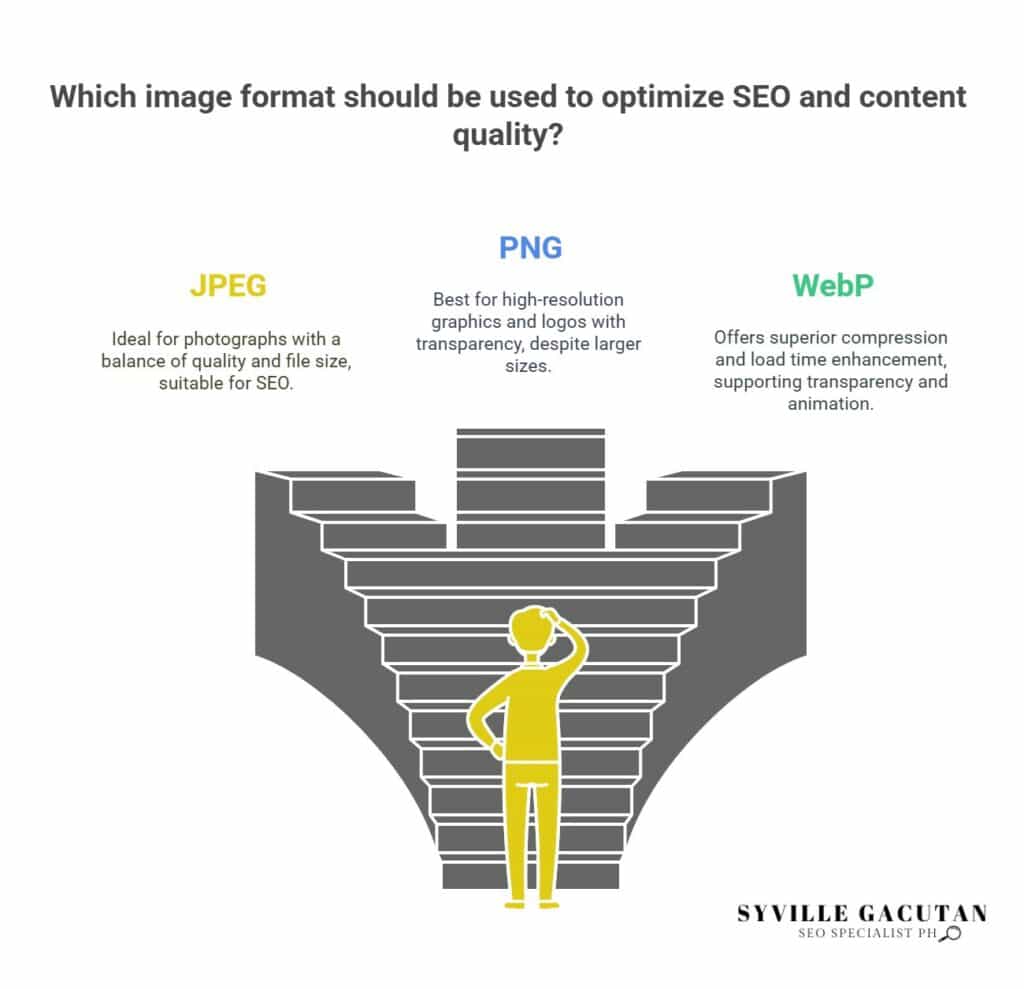
Understanding Image SEO Basics
In the realm of digital marketing, mastering the fundamentals of image SEO is crucial for enhancing website visibility and performance. Understanding the core aspects of image SEO allows marketers to effectively leverage visual content for improved search engine rankings and user engagement.
Selecting the correct image formats available is an essential first step in crafting an effective SEO strategy. Common formats like PNG, GIF, and WebP offer various advantages in terms of quality and loading speed, each having its unique strengths that align with specific use cases.
Image optimization is another vital component of image SEO. It involves adjusting various image properties to ensure they contribute positively to website performance. A critical aspect of optimization is compression, which reduces file size without significantly compromising quality. This not only accelerates page loading times but also enhances user experience, both of which are significant factors in search engine algorithms.
Choosing the right image for content involves aligning the visual elements with the target audience’s expectations and the context of the webpage. Images should be relevant, engaging, and supportive of the textual content. Properly optimized images can significantly enhance the effectiveness of an SEO strategy by attracting more organic traffic and encouraging longer site visits.
Moreover, implementing alternative text descriptions and descriptive filenames further aids search engines in indexing images accurately. As a result, taking a comprehensive approach to image SEO, from selecting appropriate formats to ensuring proper optimization, significantly improves a website’s search engine performance and overall digital footprint.
JPEG: Pros and Cons
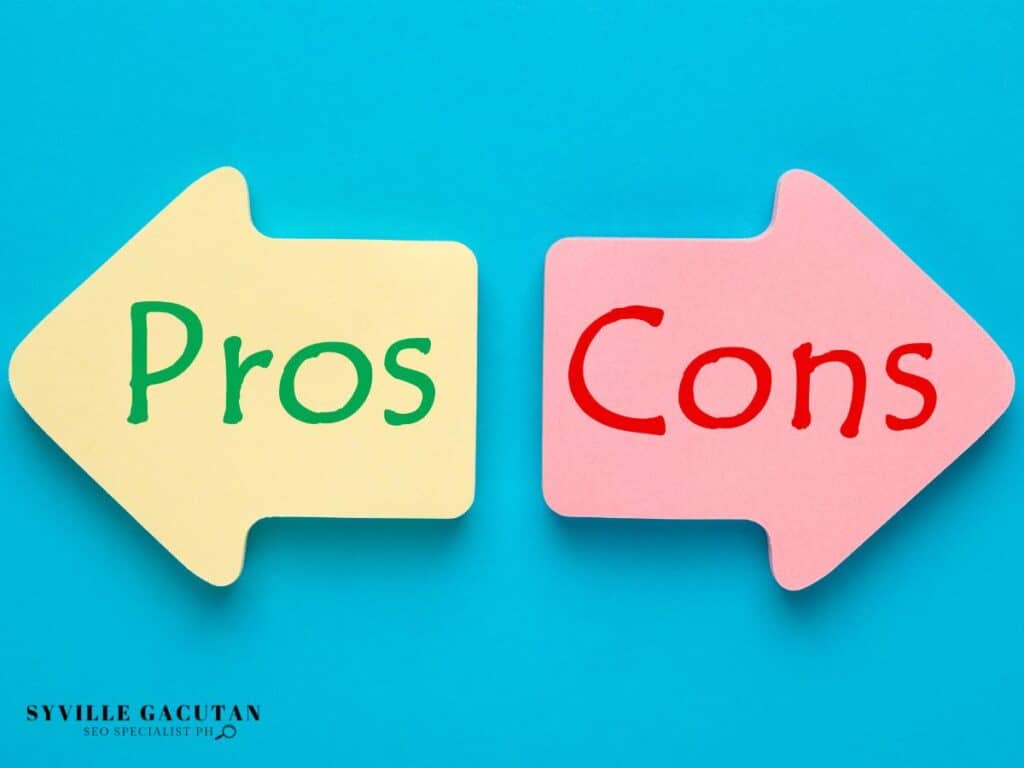
Selecting the right image format is a foundational step in image SEO, and JPEG stands out as one of the most widely used formats due to its balance between quality and compression.
JPEG, or Joint Photographic Experts Group, is a format that excels in delivering high-quality images while maintaining manageable file sizes. This attribute makes it a popular choice for websites aiming to optimize loading times and improve user experience without compromising image quality.
Pros of JPEG:
- Efficient Compression: JPEG’s lossy compression significantly reduces file size, which is crucial for faster website loading speeds and better SEO rankings.
- Good Image Quality: Despite the compression, JPEG maintains decent image quality, making it suitable for photographs and complex images with varied colors.
- Widely Supported: JPEG is universally supported across different devices and browsers, ensuring consistent display of images.
- SEO Benefits: Smaller file sizes contribute to quicker page load times, an important factor in SEO and user retention.
However, JPEG is not without its drawbacks. The primary disadvantage is the loss of image quality due to compression, which can result in noticeable artifacts, especially in images with sharp edges or text.
This loss is irreversible, meaning once compressed, the image cannot be restored to its original quality. Additionally, JPEG is less effective for images requiring transparency and may not be the best choice for simple graphics or logos.
PNG: When to Use It

A website’s visual strategy often hinges on knowing when to employ the Portable Network Graphics (PNG) format, which is essential for images demanding high quality and transparency. The PNG format is a popular choice among web developers and designers for its lossless compression, which ensures that the quality of the image remains intact, even after multiple edits and saves. This makes it an optimal image format for graphics containing text, logos, or intricate designs that require crisp edges and fine details.
Unlike other image file formats, PNG supports transparency, allowing images to blend seamlessly into various backgrounds. This feature is particularly beneficial for creating overlays or designing website elements that require a transparent background.
However, the PNG format does have its limitations; it generally produces larger file sizes compared to other formats like JPEG, which can impact page loading times and overall site performance. Thus, careful consideration of its use is crucial to maintain a balance between image quality and website speed.
When deciding whether to use the PNG format, it is important to evaluate the specific needs of your website’s visual components. If the priority is preserving the quality of the image, especially for graphics that must remain sharp and clear, PNG is undoubtedly the superior choice.
However, for photographic content where image compression and reduced file size are more critical, alternative image file formats may be more appropriate. By understanding these distinctions, you can strategically employ PNG for an optimal image presentation, balancing quality and performance effectively.
GIF: Best Practices

It is crucial to understand the best practices for using GIFs in web design and SEO to enhance user engagement and convey dynamic content effectively. The GIF format is especially useful for creating short animations or looping visuals that capture attention.
However, to leverage GIFs optimally, several best practices should be followed to ensure their positive impact on your website’s images and overall SEO performance.
- Optimize Images: GIFs can be large in file size, which may slow down page load times. Use tools to compress GIFs without losing quality to improve site speed and user experience.
- Strategic Placement: Use GIFs where they add value, such as demonstrating a product feature or illustrating a complex concept. Avoid overuse, as excessive animations can distract or overwhelm users.
- Image Alt Tags: Always include descriptive alt tags for your GIFs. This enhances accessibility, ensuring that users who rely on screen readers can understand the content, while also providing search engines with context about your images.
- Responsive Design: Ensure that GIFs are responsive to maintain quality across different devices and screen sizes. This adaptability enhances user experience and ensures that your site’s visuals remain consistent.
WebP: The Modern Choice

While GIFs hold their place in web design with their unique ability to deliver dynamic content, modern web demands call for more efficient image formats. This is where the WebP format steps in as a contemporary solution that meets the evolving needs of digital environments. Developed by Google, WebP offers a significant advantage in terms of both high-quality image delivery and optimization for faster load speeds, crucial for enhancing a website’s SEO.
One of the primary strengths of WebP is its ability to maintain high image quality while significantly reducing file size. This format supports both lossy and lossless compression, offering flexibility to web developers and designers looking to balance image fidelity with performance.
By adopting the WebP format, websites can achieve smaller file sizes without sacrificing visual clarity, which translates to quicker page loading times—a key factor that search engines consider when ranking pages.
Moreover, faster load speeds contribute to a better user experience, reducing bounce rates and increasing the likelihood of user engagement. As load speed is directly linked to a website’s SEO performance, implementing the WebP format can provide a competitive edge.
It’s worth noting that WebP supports transparency and animation, making it a versatile choice for a variety of applications.
Comparing Image Formats
When it comes to optimizing images for SEO, selecting the right format is crucial, as each has its own set of advantages and limitations. From an SEO perspective, the choice of image formats can directly influence image quality, file size, and ultimately, the website’s search engine ranking.
Different formats offer varying degrees of compression and quality, making it essential to understand their distinct characteristics.
In the realm of digital images, several formats stand out:
- JPEG (Joint Photographic Experts Group): Widely used for its balance between quality and image file size, making it an ideal choice for photographs and complex images.
- PNG (Portable Network Graphics): Known for its lossless compression and support for transparency, PNG is suitable for graphics, logos, and images requiring high detail.
- GIF (Graphics Interchange Format): Primarily used for animations, GIFs are limited in color range but valued for their ability to display motion in a lightweight format.
- WebP: A relatively new format developed by Google, WebP offers superior compression without compromising quality, allowing web developers to optimize images effectively and improve load times.
Selecting the optimal image format requires weighing the pros and cons of each type. JPEG and PNG remain popular due to their broad compatibility, yet WebP’s efficiency in reducing image file size makes it increasingly attractive for those looking to optimize website performance.
Impact on Site Speed
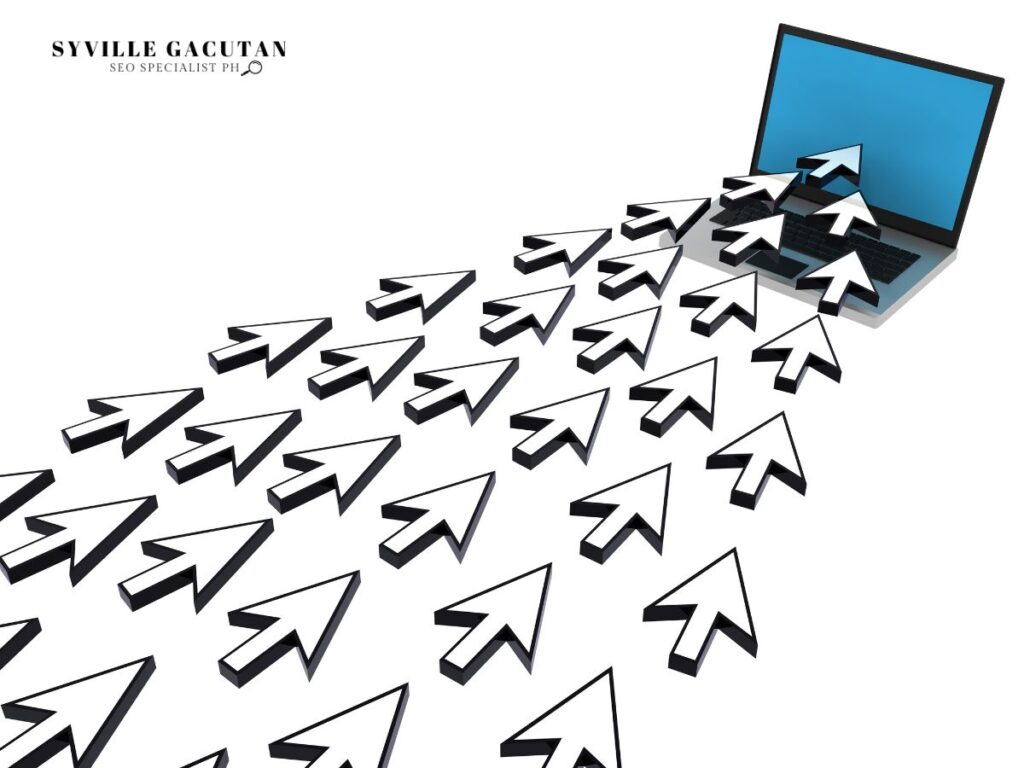
Optimizing image formats plays a significant role in enhancing site speed, a critical factor for user experience and search engine rankings. When selecting an image format, understanding how it influences page speed is paramount. The choice can directly impact load times, with larger image sizes contributing to slower pages, potentially frustrating users and harming SEO performance.
JPEG, PNG, and WebP are popular image formats, each offering advantages and drawbacks in terms of compression and quality. JPEGs are often preferred for their balance between compression and quality, making them ideal for photographs. However, PNGs, while supporting transparency and offering high quality, can result in larger file sizes, which may slow down page speed.
WebP, a relatively newer format, provides superior compression capabilities without significant quality loss, thus enhancing site performance.
Compression techniques are crucial when optimizing images for the web. Utilizing lossless or lossy compression reduces image size significantly, thereby improving page speed. Lossless compression retains image quality, while lossy compression sacrifices some quality for a smaller file size. The choice depends on the specific needs of the website and the desired user experience.
Ultimately, optimizing images requires a careful balance between image size and quality. Reducing unnecessary elements and using the appropriate image format can significantly enhance page speed.
A website that loads quickly not only improves user experience but also boosts search engine rankings, as search engines favor faster sites. Therefore, thoughtful consideration of image formats and their impact on site speed is essential for successful SEO strategies.
Mobile Responsiveness Tips
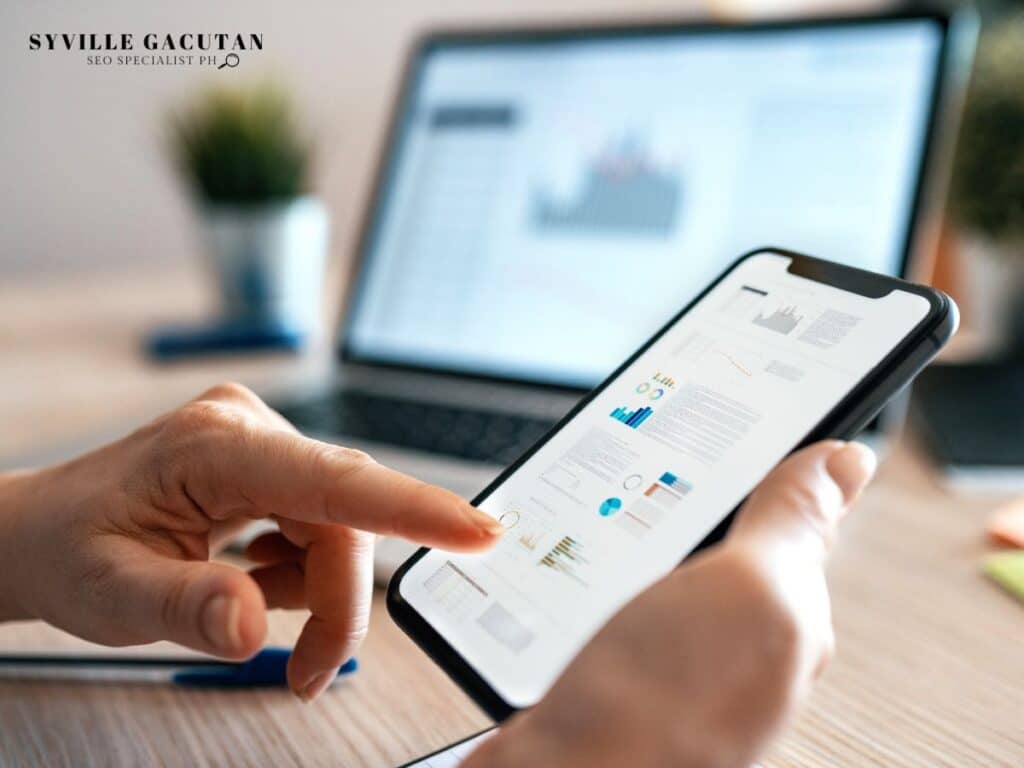
Ensuring mobile responsiveness is paramount in today’s digital landscape, as a significant portion of web traffic originates from mobile devices.
Websites must be designed with adaptability in mind to cater to various device types and screen sizes. One essential aspect of achieving this is through the use of responsive images. These images adjust seamlessly to different screen sizes, enhancing user experience and contributing to improved SEO performance.
When optimizing images for mobile responsiveness, consider these key tips:
- Optimize Image Dimensions: Choose the right image dimensions to maintain quality without overwhelming load times. This practice ensures images are crisp and clear on any device without slowing down the site.
- Utilize Responsive Images: Implement responsive images using HTML attributes like ‘srcset’ and ‘sizes’. This technique allows browsers to select the most appropriate image version based on the device’s screen size and resolution.
- Test Across Different Devices and Screen Sizes: Regularly test your website on various devices to ensure images display correctly. This step helps identify any issues with image scaling and provides a consistent experience for all users.
- Prioritize Load Times: Optimize images to reduce file size without sacrificing quality. Faster load times not only enhance user experience but also positively impact search engine rankings.
Choosing the Right Format
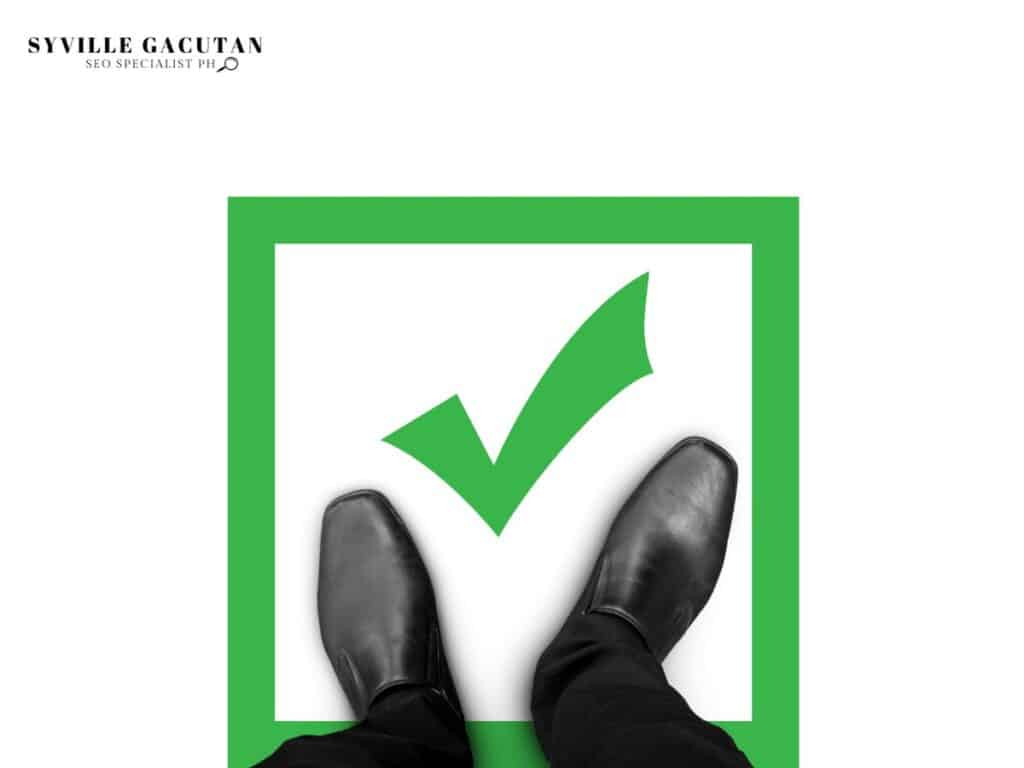
Selecting the appropriate image format is crucial for balancing quality and performance in SEO. Different file formats offer unique benefits and limitations that impact how search engines understand and index images. For optimal performance, choosing the right image format is essential for enhancing page load speed, which directly influences user experience and search rankings.
JPEG, PNG, and WebP are among the most popular file formats used in SEO. JPEG is widely utilized due to its ability to compress images to smaller file sizes while maintaining reasonable quality, making it ideal for photographs. PNG, on the other hand, supports transparency and is preferred for graphics and images requiring high resolution. WebP, developed by Google, provides superior compression, leading to faster loading times without sacrificing quality, which is beneficial for optimization.
The importance of alt tags cannot be overstated when considering image optimization. Alt tags play a pivotal role in accessibility and help search engines understand the content of an image. By accurately describing the image content, alt tags enhance the context and relevance of the image, contributing to improved search visibility.
When deciding on an image format, it is also essential to consider the context and purpose of the image on the webpage. Each file format serves distinct purposes, and understanding their characteristics will lead to informed decisions.
Tools for Image Optimization

In the pursuit of optimizing images for SEO, utilizing the right tools can significantly enhance the process. These tools not only streamline the creation and management of image files but also ensure that images are effectively compressed and resized for optimal web performance.
By leveraging the right technology, you can ensure that your images are suitable for different devices and formats, such as webp images, which are increasingly popular due to their reduced file size and high quality.
Several tools stand out in the realm of image optimization:
- TinyPNG: This tool excels in compressing PNG and JPEG files without compromising quality, thus ensuring faster loading times and improved SEO performance.
- Squoosh: Developed by Google, Squoosh enables users to compress images and convert them into various formats, including webp, making it ideal for images for different devices.
- ImageOptim: This tool is perfect for Mac users, offering a straightforward interface that effectively compresses images by stripping unnecessary metadata.
- GIMP: As a free and open-source image editor, GIMP provides robust features for image resizing and format conversion, allowing for tailored optimization of image files.
Employing these tools ensures that your images are not only visually appealing but also optimized for search engines, which is crucial for improving page load times and enhancing user experience.
The ability to compress and resize images, while converting them to efficient formats like webp, allows for better performance across different devices.
Final Thoughts
Selecting the right image format plays a crucial role in optimizing your website’s performance and SEO. Each format—JPEG, PNG, GIF, and WebP—offers distinct benefits that cater to different needs, whether it’s for photographs, graphics, animations, or transparency. By understanding the strengths and limitations of each, and utilizing optimization tools to reduce file sizes without compromising quality, you can significantly improve load times and enhance user experience.
If you want to ensure your website’s images are perfectly optimized for speed, quality, and SEO performance, connect with Syville Gacutan, an experienced SEO Specialist in the Philippines. Syville can help you choose the best image formats, optimize image compression, and enhance your site’s search visibility. Don’t leave your SEO success to chance—partner with an expert who understands the impact of efficient image management.